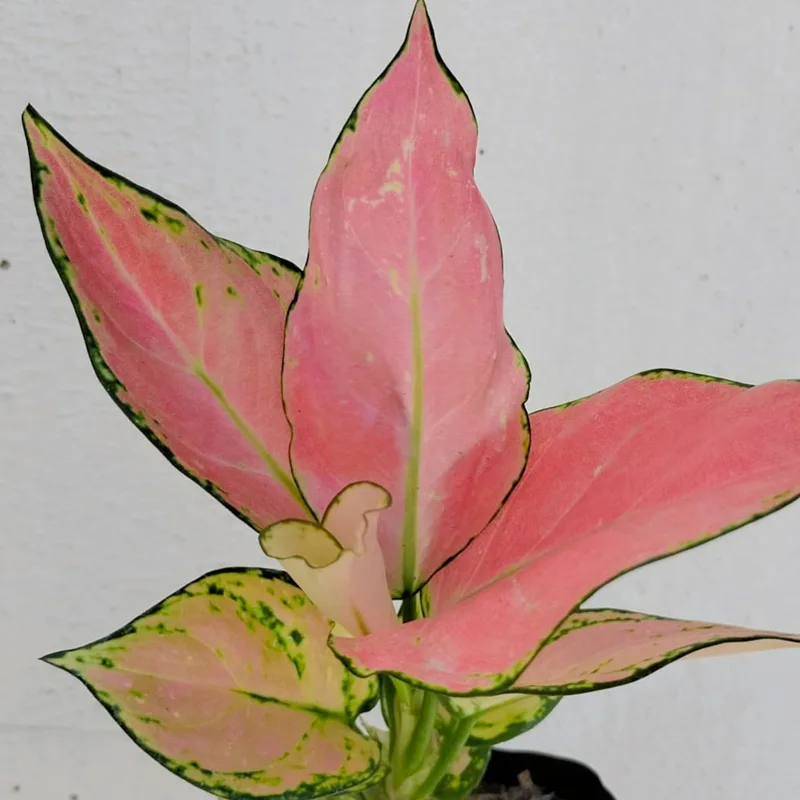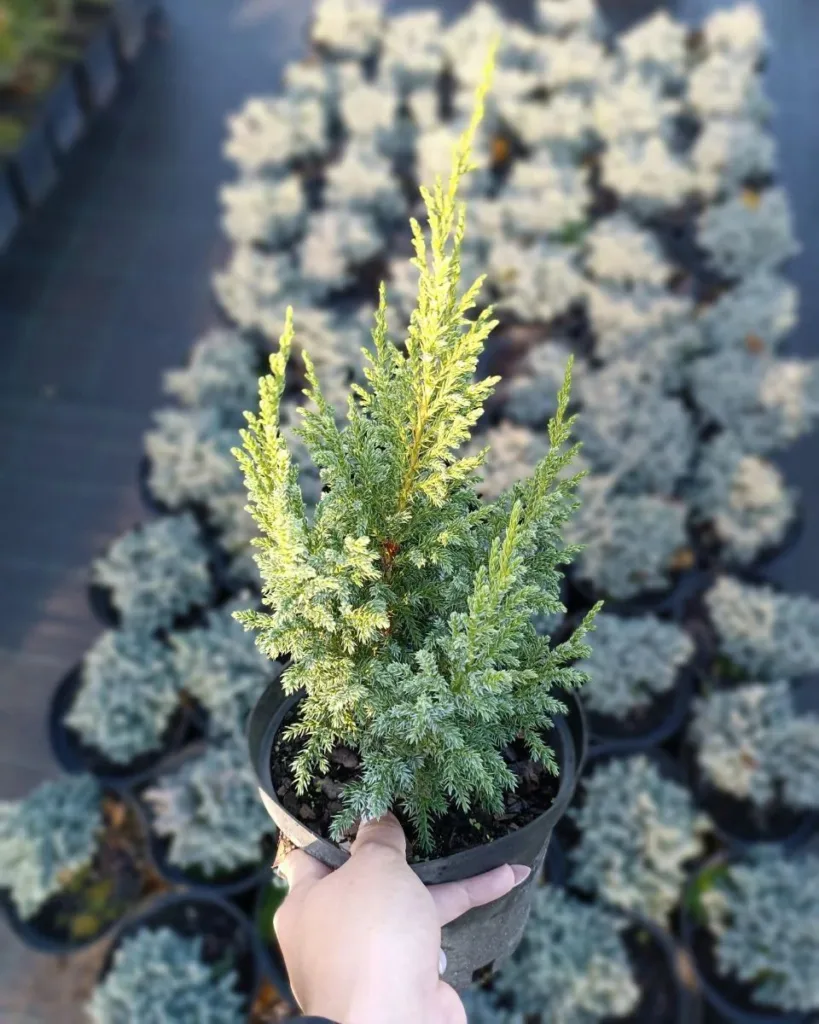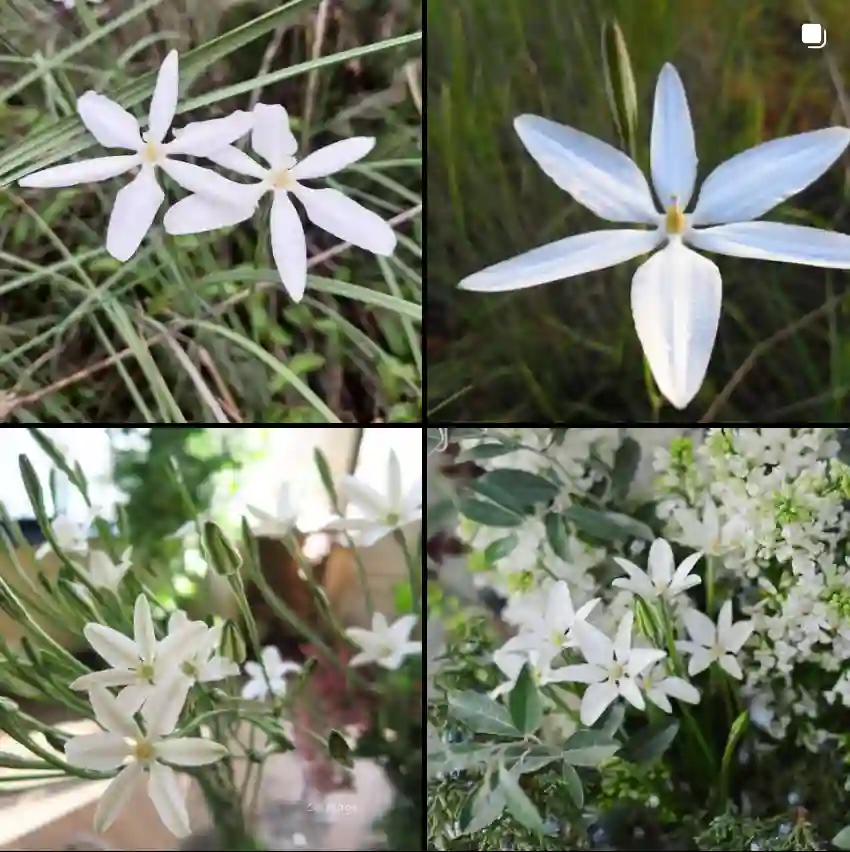My Fascination with Haemanthus
I’ve always been drawn to the unique and the beautiful in the natural world, and few plants capture those qualities quite like the genus Haemanthus. Native to South Africa and neighboring countries, these fascinating bulbs belong to the Amaryllidaceae family, commonly known as blood lilies or paintbrush lilies, have captivated me with their striking appearance and intriguing adaptations.
A Diverse Genus
The Haemanthus genus boasts a remarkable diversity of around 23 recognized species. Each one possesses its own distinct charm, showcasing a variety of leaf shapes, sizes, and textures, as well as unique floral displays:
- Haemanthus albiflos: Known for its white, brush-like flower heads and broad, evergreen leaves. This species is a popular choice for cultivation due to its adaptability and ease of care. Plant FAQs: Haemanthus Albiflos
- Haemanthus coccineus: Perhaps the most iconic of the blood lilies, this species features brilliant red, paintbrush-like inflorescences that emerge before its large, fleshy leaves.
- Haemanthus deformis: Characterized by its unusual, strap-shaped leaves and pale pink flower heads.
- Haemanthus sanguineus: This species is notable for its blood-red flowers and large, prostrate leaves that lie flat on the ground.
- Haemanthus amarylloides – This species features white, brush-like flowers and silvery, hairy leaves, typically blooming in autumn.
- Haemanthus avasimontanus – Known for its compact growth and delicate, pale-pink flowers, this plant is native to Namibia’s rocky habitats.
- Haemanthus barkerae – Characterized by its large, rounded leaves and striking red to pink flowers, often blooming in spring.
- Haemanthus canaliculatus – This species has narrow, channeled leaves and a dense flower head with vibrant red hues.
- Haemanthus carneus – Distinct for its pink to flesh-colored blooms and broad leaves, this plant flourishes in sandy soils.
- Haemanthus crispus – With its unique wavy-edged leaves and compact size, this species produces white, brush-like flowers.
- Haemanthus dasyphyllus – Known for its woolly leaves and small clusters of delicate white flowers, it thrives in dry, rocky areas.
- Haemanthus graniticus – Found on granite outcrops, this species has dense, short flower heads and flat, fleshy leaves.
- Haemanthus humanii – A rare species with fleshy, oval leaves and a large, white flower cluster that blooms in early autumn.
- Haemanthus humilis – Commonly known for its large, broad leaves and red flower clusters, it adapts well to various soil types. Plant FAQs: Haemanthus Humilis – Humble Blood Lily
- Haemanthus lanceifolius – With elongated, lance-shaped leaves, this plant produces red to pink flowers in small, compact heads.
- Haemanthus montanus – This mountain-dwelling species has thick leaves and small, white to pale pink blooms.
- Haemanthus namaquensis – Native to Namaqualand, it showcases white flowers with an upright growth and robust, hairy leaves.
- Haemanthus nortieri – This species features narrow leaves with white or pinkish flowers, thriving in arid, mountainous regions.
- Haemanthus pauculifolius – Known for its few, broad leaves and dense flower heads, it blooms with a striking red hue.
- Haemanthus pubescens – Distinct for its softly hairy leaves and bright red or pink flower heads, common in dry, rocky habitats.
- Haemanthus pumilio – Small and compact, this plant has narrow, fleshy leaves and small red blooms.
- Haemanthus tristis – With slender, gray-green leaves, this species has a subdued, off-white bloom often flowering at dusk.
- Haemanthus unifoliatus – Unique for producing only one broad leaf and a single, bold red flower head, it is found in semi-arid regions.
Adaptations for Survival
What truly fascinates me about Haemanthus is their remarkable adaptations to their arid environments. Many species have developed water-storing leaves and bulbs, allowing them to endure long periods of drought. Their flowering times are also strategically aligned with seasonal rains, ensuring successful pollination and seed dispersal.
A Rewarding Horticultural Pursuit
Cultivating Haemanthus has become a rewarding hobby of mine. I find great satisfaction in providing the right conditions for these unique plants to thrive. Their striking appearance adds a touch of the exotic to any collection, and the anticipation of their blooms is always a highlight of the growing season.
The Allure of Haemanthus
Whether it’s the vibrant colors of their flowers, the intriguing textures of their leaves, or their resilience in the face of harsh conditions, Haemanthus continues to captivate me. This genus serves as a constant reminder of the beauty and diversity found within the plant kingdom, and I eagerly anticipate discovering more about these fascinating bulbs in the years to come.
If i die, water my plants!



